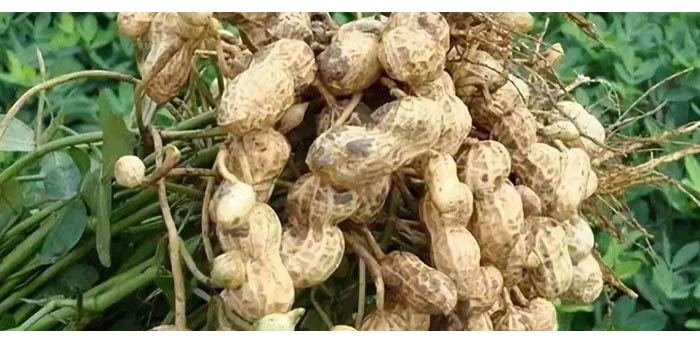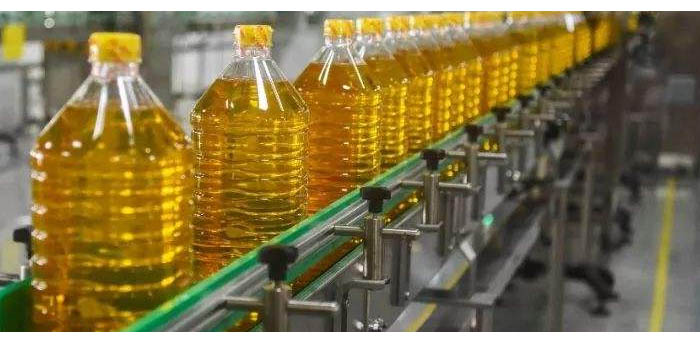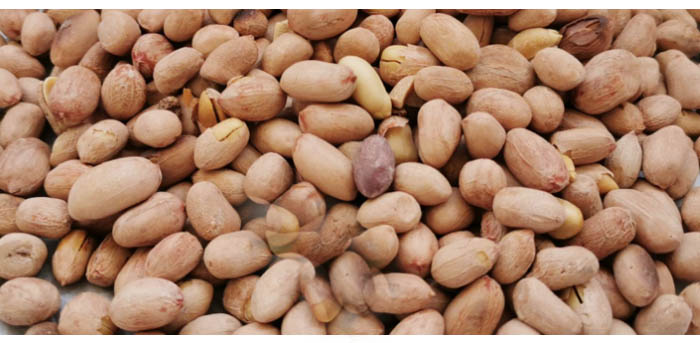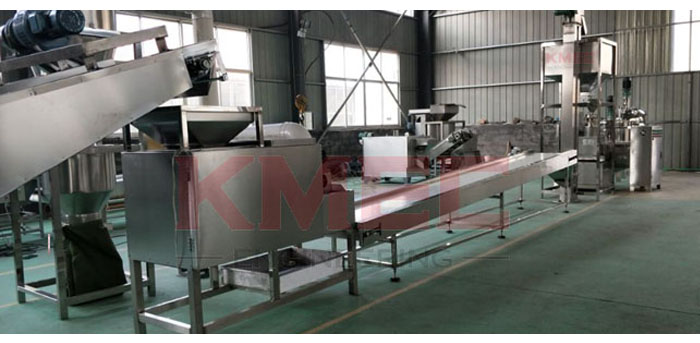Peanut processing technology and development
Peanuts, also known as groundnuts, are not only a popular snack but also a valuable source of nutritious oil. Peanut production has seen steady growth worldwide, with Asia being the largest contributor, accounting for over 56% of the world area. China, in particular, has emerged as a leading peanut producer, with the country’s peanut planting area accounting for about 20% of the world total area. In fact, China’s overall production of peanuts was 11.568 million t, ranking first in the world. With the advancement of peanut processing technology and development, peanut production is expected to continue to grow and contribute to the global food market.

1, Peanut Oil Processing: Traditional Pressing vs. Prepress Extraction
Peanut oil is renowned for its excellent quality, rich nutritional content, and delightful fragrance. It has remained a favorite cooking oil among people for many years, making peanut oil production a primary focus of peanut processing. Currently, there are two main methods of peanut oil production:
a) Traditional Pressing (Mechanical Method): In this method, a peanut oil press is utilized to squeeze out the oil from the peanuts. The mechanical force applied through pressing allows the oil to be extracted effectively.
b) Prepress Extraction: Also known as the extraction method, this process involves using an organic solvent like n-hexane, which has the property to dissolve oil. The solvent is used to soak or spray the flake or pre-pressed cake to extract the peanut oil.
Both methods have their advantages and are employed based on the scale of production and the desired end product. Peanut oil obtained through these methods is used in various culinary applications, adding a distinct flavor to dishes and enhancing their nutritional value.

2, Salty Peanut: A Delightful and Nutritious Snack
Salty peanuts, also referred to as spiced salt peanuts, are a favorite snack enjoyed by many. They can be produced through either roasting or frying methods, and the key to creating high-quality salty peanuts lies in using superior peanut kernels. The basic production process of salty peanuts involves the following steps:
- Peanut kernel selection
- Skin removal
- Color sorting
- Oil extraction (or roasting)
- Cooling
- Coating
- Adding salt and antioxidants
- Sealing and packaging
- Finished product
The end result is a delightful treat with a shallow color and a unique fragrance. The salt content in salty peanuts is typically around 1.25%, ensuring a well-balanced flavor profile without any undesirable sour or rancid notes. Properly produced salty peanuts have a shelf life of up to six months, maintaining their taste and quality.
In response to the growing demand for healthier food options, some countries have developed part-skim salty peanuts. This variation involves removing some of the fat from whole peanut kernels using mechanical pressure. As a result, the oil content is reduced, leading to a lower heating value, an extended shelf life, and a softer taste.

3, The Rise of New Peanut Butter Variations
Peanut butter has long been a beloved spread worldwide, made primarily from whole milk peanuts with high oil content. However, recent developments have focused on creating new peanut butter varieties with reduced oil content, aligning with the trend towards healthier options.
The process of creating new peanut butter begins with altering the raw material formula to increase the protein content accordingly. The appearance of new peanut butter remains similar to traditional peanut butter, but the nutritional differences are significant. Ordinary peanut butter typically contains around 47% oil, while the new peanut butter boasts only 20% to 35% oil content. Moreover, the protein content increases by approximately 15%, accompanied by a slight increase in carbohydrates.
As a result, the calorific value of the new peanut butter is correspondingly lower, making it an attractive choice for health-conscious consumers. The difference in moisture, ash content, and fiber between the two types of peanut butter is relatively minor, ensuring that the new variation maintains a rich and satisfying taste.

The evolution of peanut processing technology has led to a diverse array of peanut-based products that cater to varying preferences and dietary requirements. As consumer tastes and health awareness continue to evolve, we can expect further advancements in peanut processing technology, providing us with even more delectable and nutritious peanut-based treats in the future.
